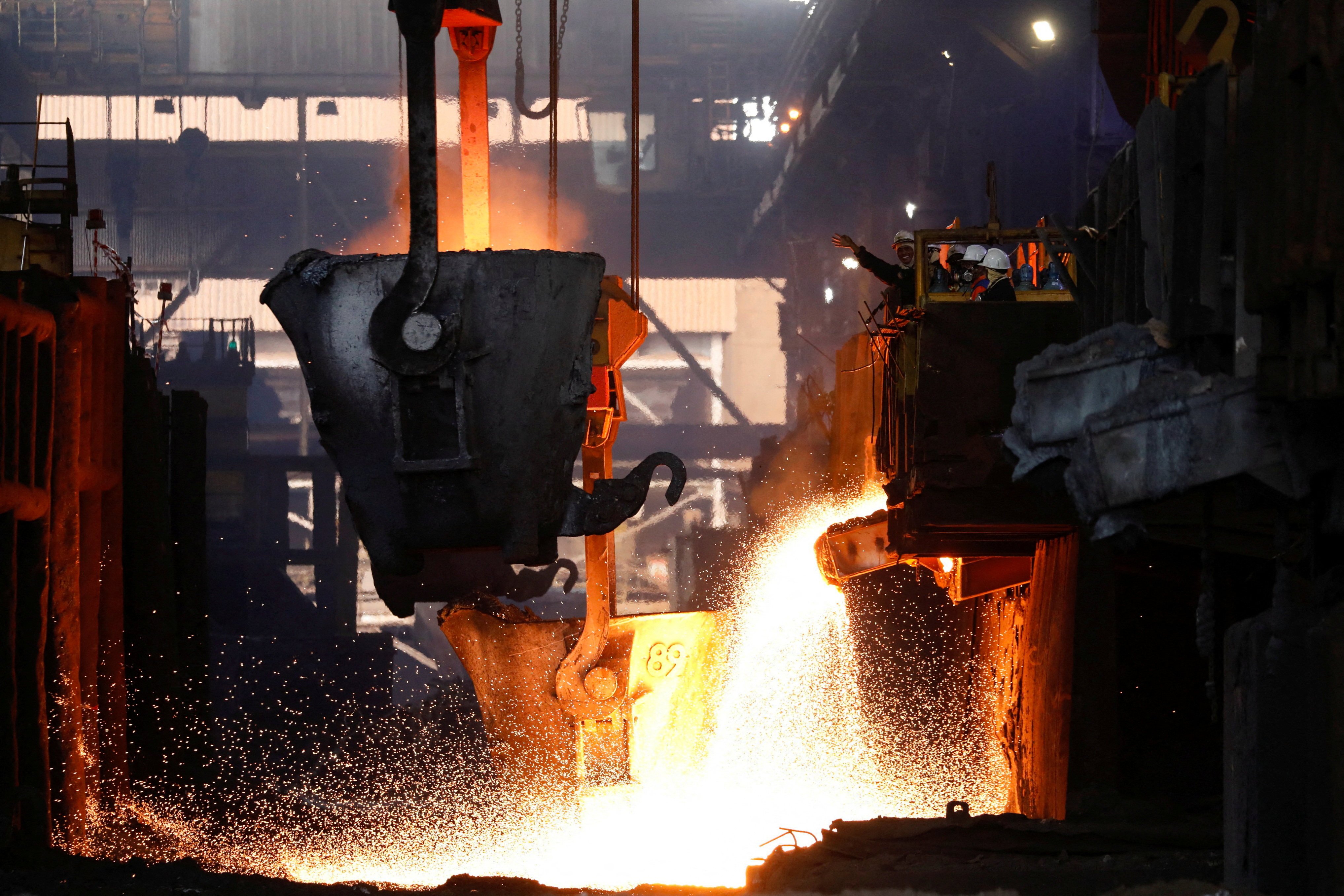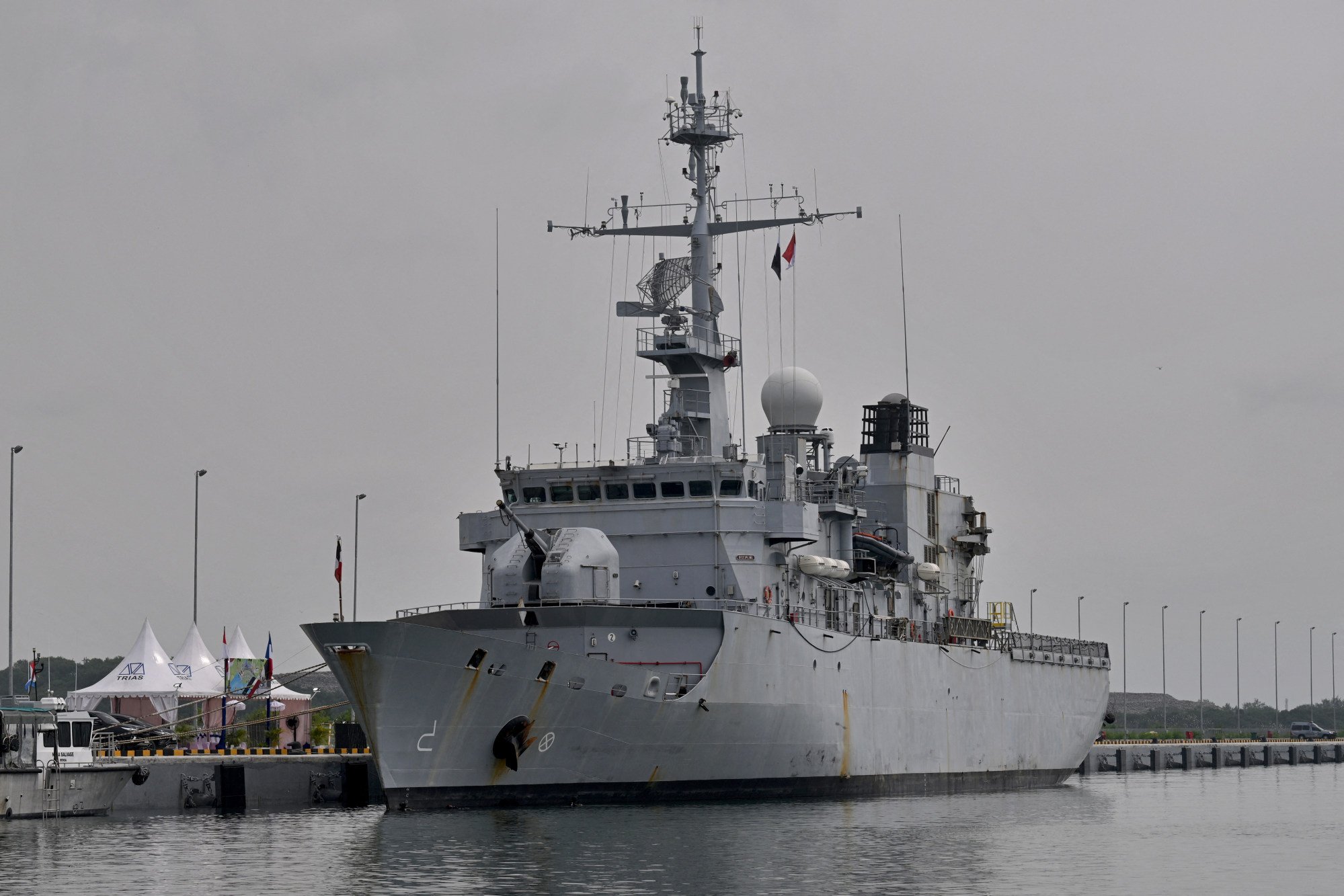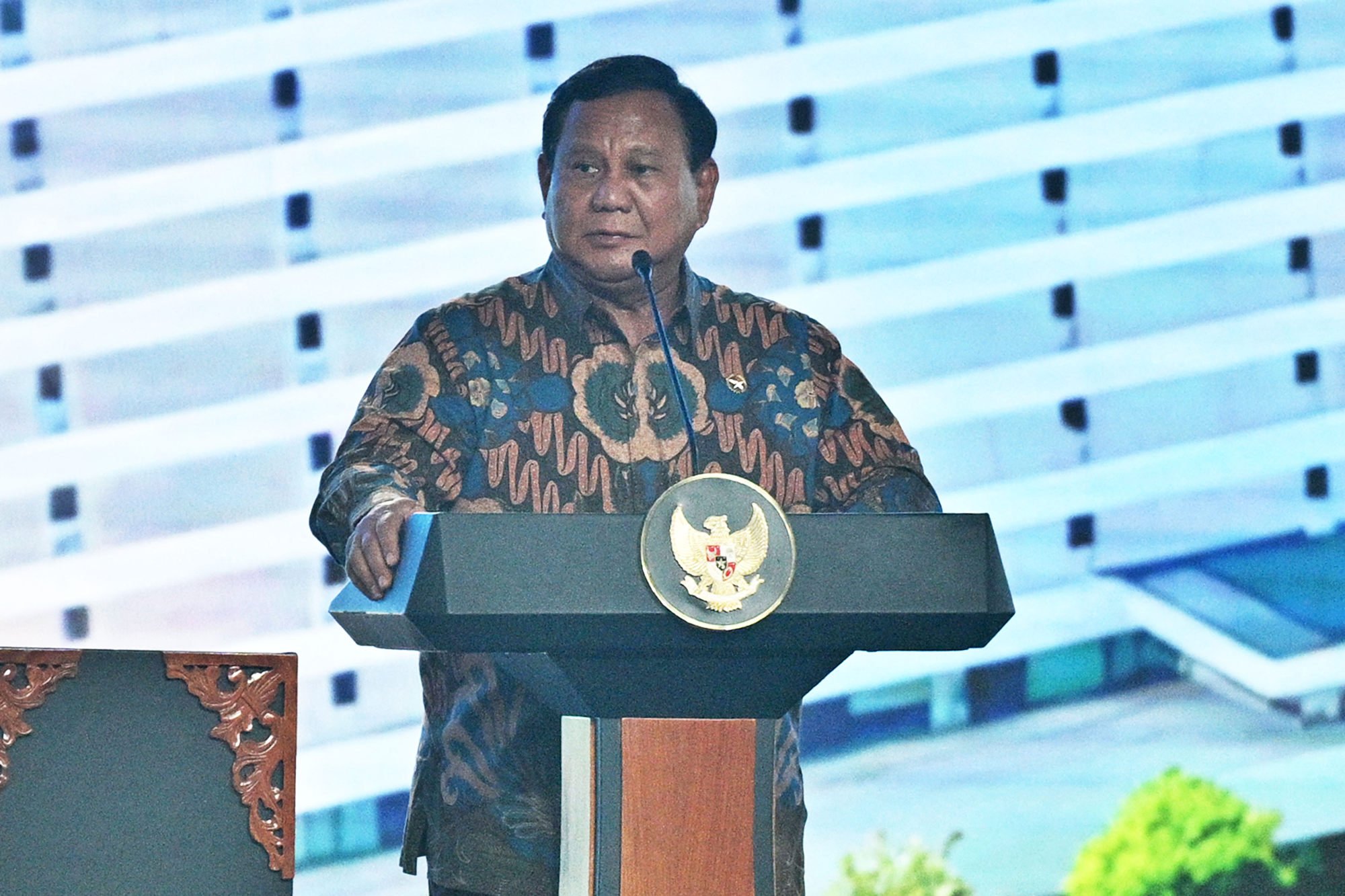China-funded smelter fires up Indonesian defence concerns
Tianshan Alumina Indonesia’s proposed US$4.9 billion bauxite smelter on Singkep island could shrink a naval training area used for joint drills

A China-funded bauxite smelter on an island in western Indonesia could scale down a key naval training area, prompting concerns that national defence priorities are being sidelined in favour of foreign investment, according to a Jakarta-based military analyst.
The proposed US$4.9 billion facility, to be developed by Tianshan Alumina Indonesia – a unit of Chinese metals giant Tianshan Aluminium – is set to occupy about 400 hectares (988.4 acres) of land currently used by the Indonesian Navy on Singkep island, part of the Riau Islands province.
The site has long hosted military drills and joint exercises with foreign partners, including the US-led Super Garuda Shield in 2022 and amphibious training exercises with Australian forces.
“It is true that there is a plan to build a bauxite smelter by Tianshan Alumina Indonesia, which is located in the south of Singkep island,” navy spokesman First Admiral Tunggul told Indonesia Defence Magazine on June 21.
The development was disclosed at a June 18 meeting between the presidential staff office, the ministry of defence and the navy, and comes under a broader policy push to encourage resource processing within Indonesia. The project was granted National Strategic Project status in 2023, accelerating its implementation.
According to Tunggul, the navy had earlier raised concerns with senior officials, including former maritime affairs and investment minister Luhut Pandjaitan, requesting a buffer zone between the industrial complex and the military training ground. It also sought shared management rights over the area to ensure its continued operational use.
The navy had since submitted letters outlining its demands to the ministries of environment, defence, and agrarian affairs, Tunggul added.

In a June 19 Instagram post, the presidential staff office acknowledged the island’s “strategic position … for the national and operational defence of the Navy” and said efforts were under way to balance security and development interests.
“The Office affirms its commitment to continue to control the acceleration of the National Strategic Project implementation in a measured and balanced manner,” it wrote, describing the June 18 meeting as “part of a collaborative effort to support the economic development of the region without neglecting the defence interests of the country”.
Neither the presidential staff office nor the ministry of defence responded to requests for comment from This Week in Asia.
Alman Helvas Ali, a defence industry expert at the Jakarta-based political and security consultancy firm Marapi Consulting and Advisory, said the potential annexation of the combat training centre was “not a good precedent” as it would come at the expense of the country’s navy.
“The Indonesian navy must have a training area, don’t let it be sacrificed for other interests. Currently, land in the regions is increasingly scarce, so getting a large training area is not easy,” Alman said.
“With the increasing population, a training area will cost quite [a lot], including eviction of the residents. It is also unfortunate that training areas are being reduced for economic interests.”
In this matter, the navy could not reject the project as “the policy came from the top”, he said, adding that the navy’s request for a buffer zone between the training area and the industrial area was understandable, as it was “not good” if economic and military activities collided.
Indonesia is on a drive to boost the value of its mineral resources by requiring miners to set up processing and refining facilities domestically, in a policy known as “downstreaming”.
In 2020, Jakarta banned the export of nickel ore, of which the country is the world’s biggest producer and exporter, followed by a ban on raw bauxite export in June 2023. Last year, Indonesia exported 32 million tonnes of processed bauxite, making it the world’s fifth-largest exporter of the commodity, according to a US Geological Survey report in January.

On Sunday, President Prabowo Subianto described downstreaming as his “priority policy”.
“Downstreaming will continue. We will accelerate the momentum. We want to move fast, the people demand fast progress,” he said.
Muhammad Nizar, leader of Lingga regency where Singkep is located, said in April that the bauxite smelter would have an annual capacity of 2 million tonnes and provide 3,000 jobs to island residents, as cited by the Tribun Batam news outlet.
According to Alman, Singkep is “quite” significant as it is the navy’s only training area near Sumatra. The navy used to train at the Pasir Panjang coastal area on Bintan island before it was turned into a tourist destination, mainly to attract Singaporean visitors, in 1991.
In 1992, the governor of Riau province at the time agreed to the navy’s plan to use 180 sq km (69.5 square miles) of land on Singkep island as training ground for its amphibious operations.